Insect Timing: Circadian Rhythmicity to Seasonality
Leading experts in the field bring together diverse aspects of insect timing mechanisms. This work combines three topics that are central to the understanding of biological timing in insects: circadian rhythms, photoperiodism, and diapause. The common theme underlining each of the contributions to this book is an understanding of the timing of events in the insect life cycle. Most daily activities (emergence, feeding, mating, egg laying, etc.) undertaken by insects occur at precise times each day. Likewise, seasonal events such as the entry into or termination from an overwintering dormancy (diapause) occur at distinct times of the year. This book documents such events and provides an up-to-date interpretation of the molecular and physiological events undergirding these activities.The study of circadian rhythms has undergone a flowering in recent years with the molecular dissection of the components of the circadian clock. Now that many of the clock genes have been identified it is possible to track daily patterns of clock-related mRNAs and proteins to link the entraining light cycles with molecular oscillations within the cell. Insect experiments have led the way in demonstrating that the concept of a "master clock" can no longer be used to explain the temporal organization within an animal.
{{comment.content}}
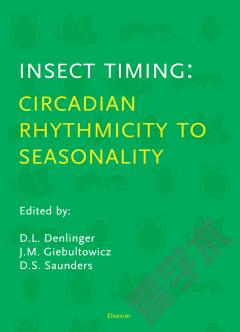
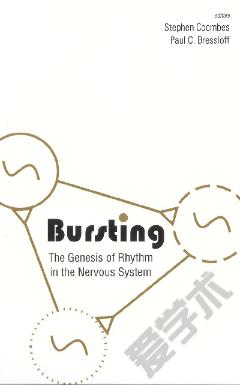

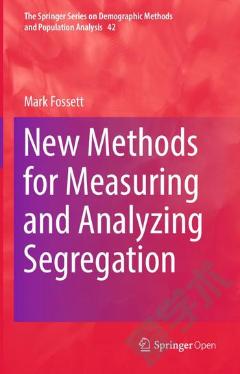
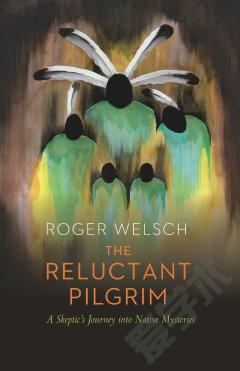
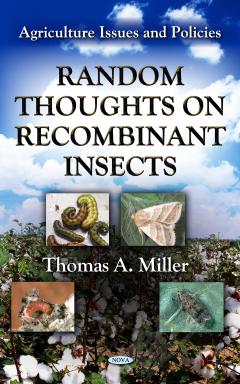
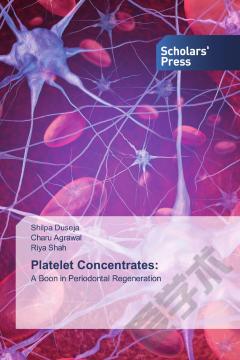

 京公网安备 11010802027623号
京公网安备 11010802027623号